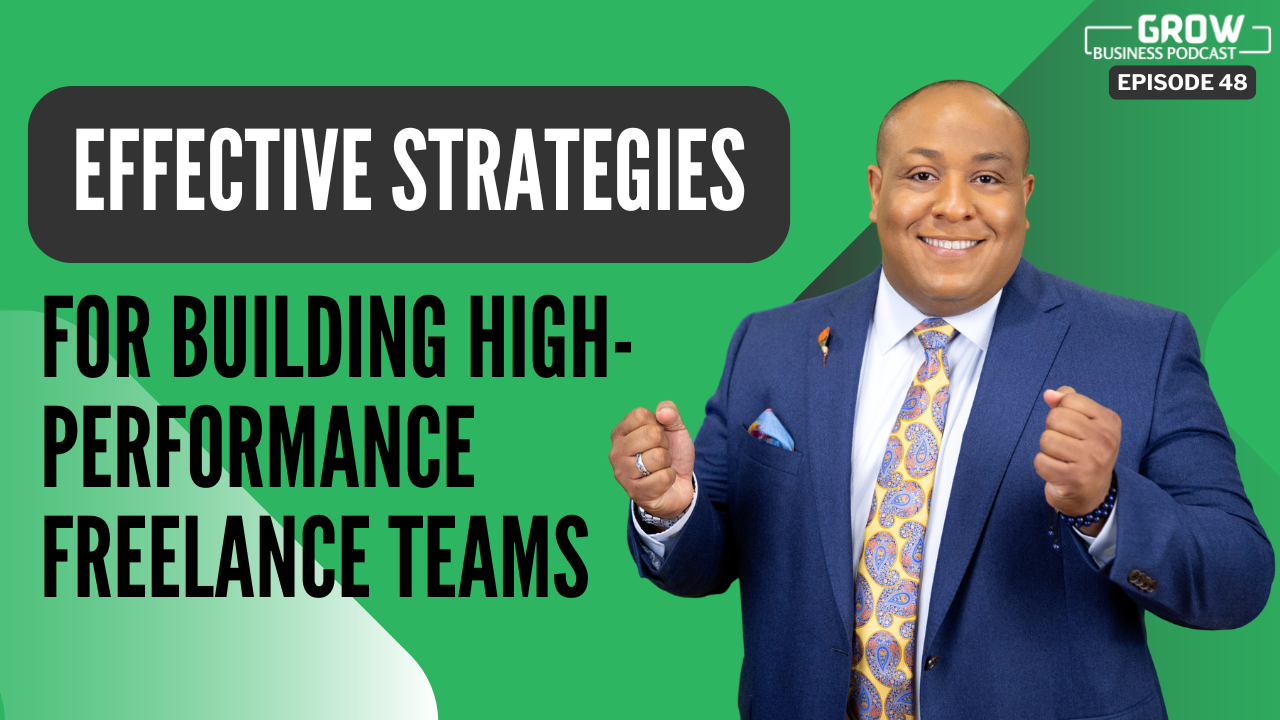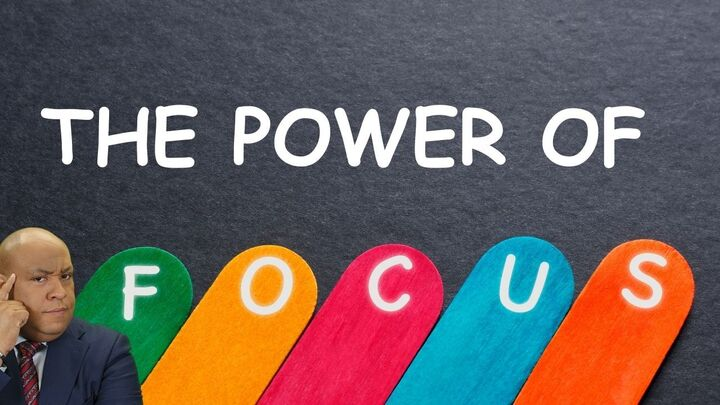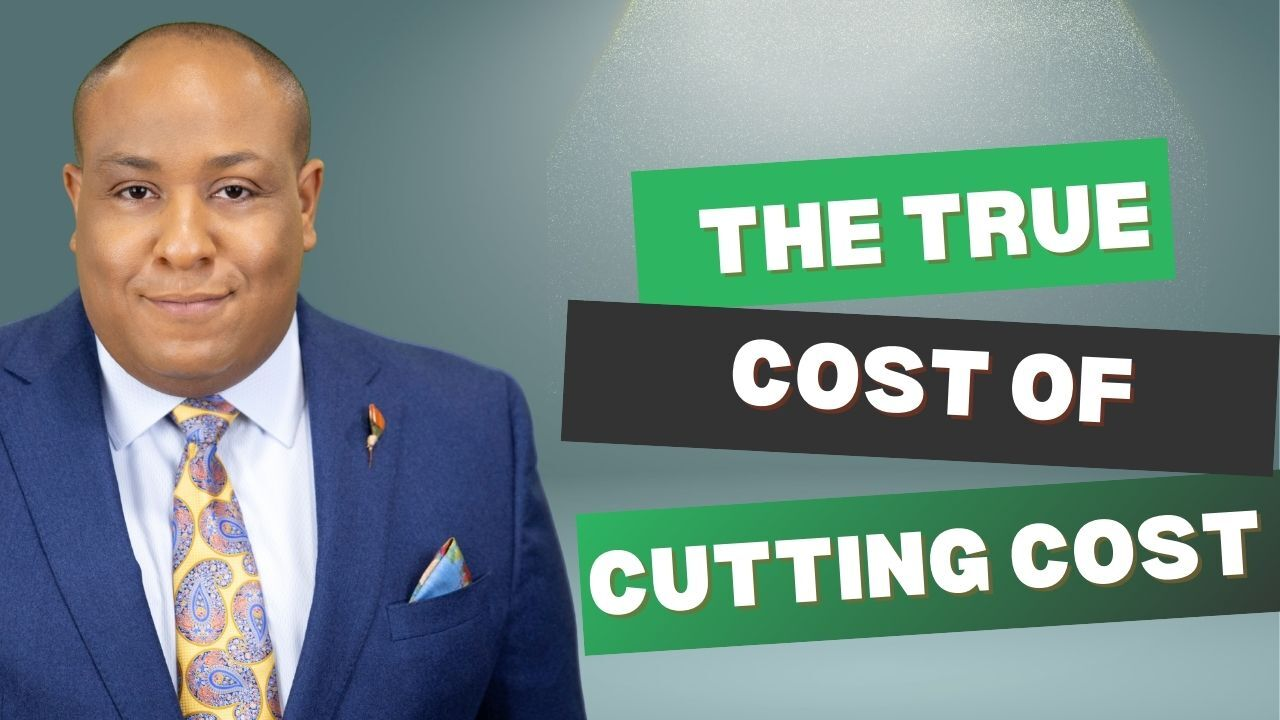804-414-8051
Effective Strategies for Building High-Performance Freelance Teams
Cory Mosley

In this episode of the Grow Business Podcast, hosts Cory Mosley and Lon Graham explore effective strategies for managing a high-performing freelance team.
They discuss the importance of selecting the right freelancers, establishing clear objectives and roles, and maintaining effective communication to ensure successful collaboration.
Cory and Lon also highlight the need for legal compliance through detailed contracts and the value of building personal connections with freelancers for long-term success. With a light-hearted tone, they share anecdotes and insights on leveraging time zones for continuous workflow and optimizing freelance talent for small business growth.
This episode is a valuable resource for entrepreneurs looking to enhance their freelance strategies.
Main Takeaways
- Set Clear Objectives and Roles: Emphasizing the importance of clarity when working with freelancers to ensure expectations are met.
- Select the Right Freelancer: Focus on skill fit, culture fit, and the value of conducting test projects for alignment and capability.
- Establish Clear Communication Channels: Utilize project management tools and regular check-ins to facilitate error-free workflows.
- Use Detailed Contracts: Highlight the need for contracts covering payment terms, intellectual property rights, and confidentiality to ensure protection and legal compliance.
- Build Strong Relationships: Recognize freelancers' contributions and treat them as integral team members to foster a productive and positive working environment.
Resources Mentioned:
- Cory Mosley's "Positioned for Growth™
- Freelancer Platforms: Fiverr, Upwork
Credits:
- Hosted by: Cory Mosley, Business Growth Strategist
- Co-Hosted by: Lon Graham, Voice of Reason
- Produced by: Willie H.
Similar Posts




Contact
Mosley Strategy Group LLC
2810 N. Parham Road Suite 360
Henrico, VA 23294
804-414-8051
hello[at]corymosley.com
Links
Affiliated Brands
© 2025 Mosley Strategy Group LLC. All Rights Reserved
